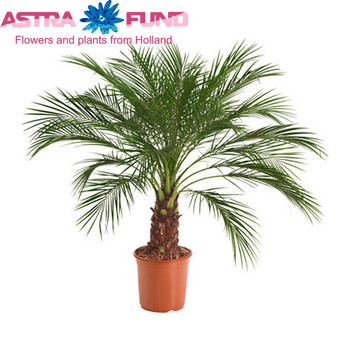Subscribe to our newsletter
Phoenix

Phoenix is a genus with 14 species of palms that are native to the Canary Islands, central Africa, southeast of Europe, southern Asia, from Turkey east to southern China and also Malaysia. They occupy diverse habitats, including swamps, mangrove sea coasts and deserts. Most of the Phoenix species are originated in semiarid regions, but they usually occur near high groundwater levels, springs or rivers, too. The palms used to be more numerous and also widespread in the past than they are nowadays. This genus is, in its majority, from medium to a robust size, however, they also include dwarf species, too. The leaves have a short or even absent petioles and they possess a rare feature among pinnate palms, which are the “v-shaped” leaflets. Phoenix plants are dioecious and have male and female flowers on separate plants. The pollination can be both by the wind or insects. The fruit of the Phoenix dactylifera is big and has a thick-layered fruit pulp, it is edible and also very sweet and rich in sugar. The other species have a thin layer of fruit pulp. The fruit of the Phoenix Canariensis is also edible, but it is rarely eaten by people due to its small size and thin flesh.
Professional botanists need a trustful source of species, and Astra Fund Holland BV not only supports the professional works with plants by offering bulk purchases of flowers, but also anyone who is interested in develop new botanical skills to create a beautiful garden of cultivation.



